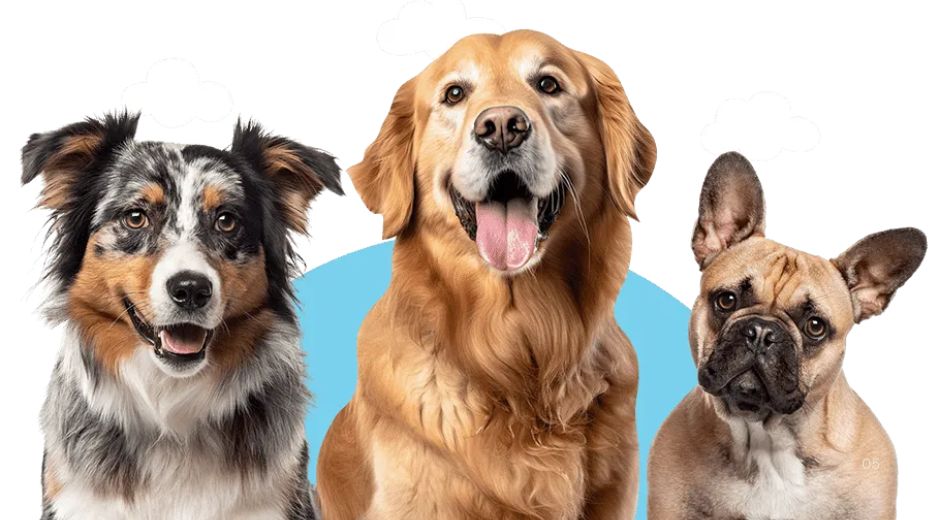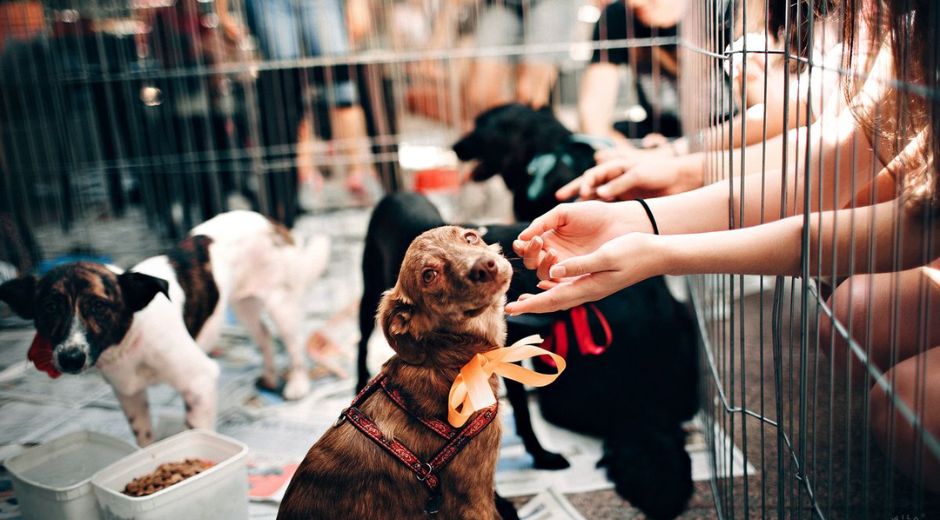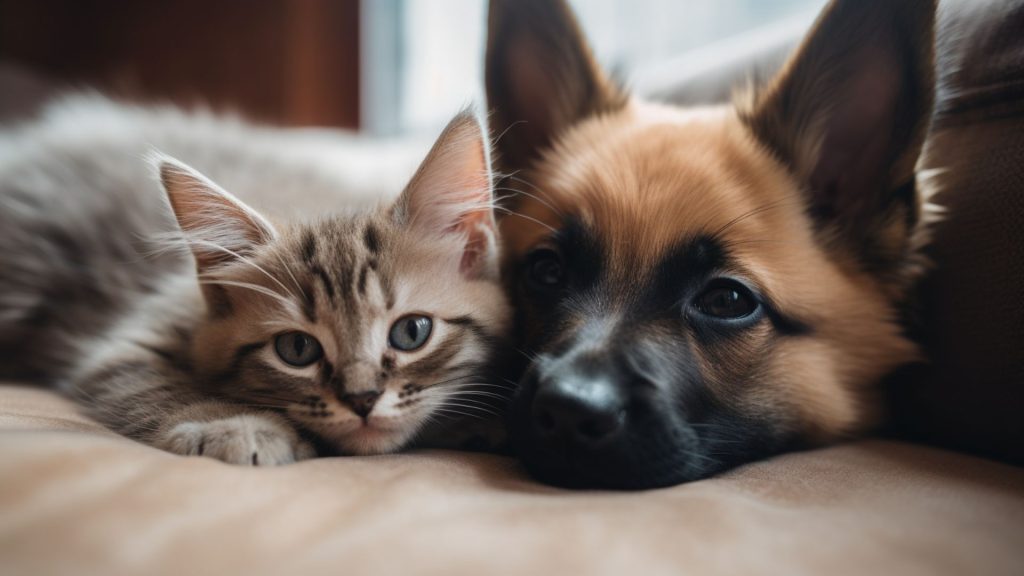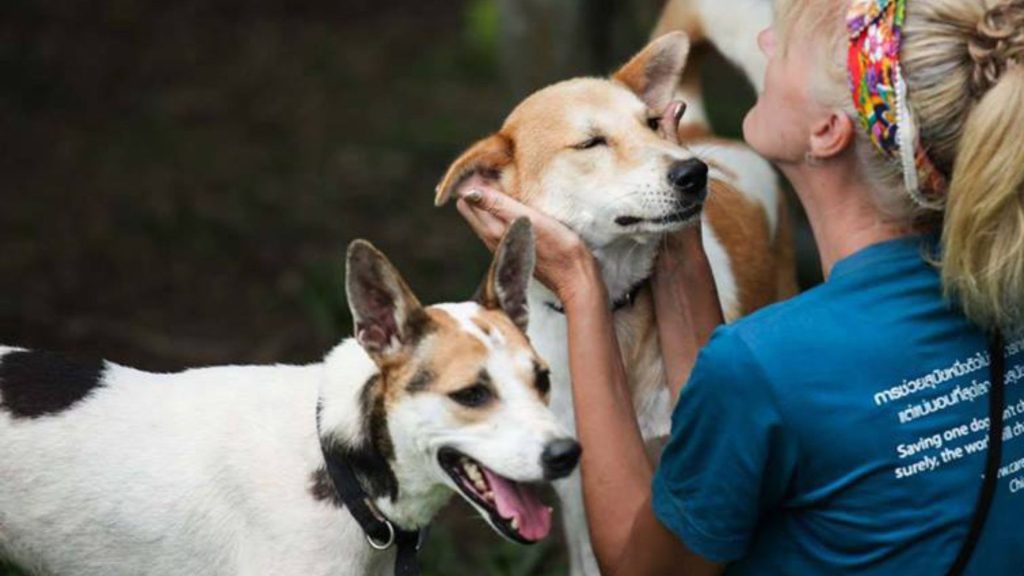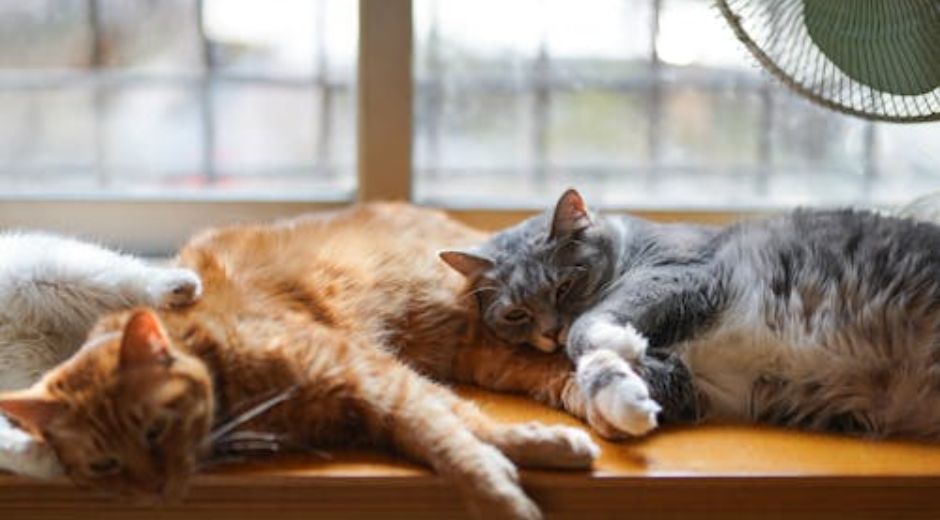Training and Trust: Building a Stronger Bond with Your Pet
Training is more than teaching commands, it’s the foundation of understanding between humans and animals. It transforms chaos into harmony, turning curiosity into cooperation. Whether it’s a playful puppy, a shy cat, or a clever parrot, training creates communication—a language built on patience, respect, and trust.
Why Training Matters
Proper training gives pets the confidence to interact with the world safely. It helps them understand what’s expected and reduces anxiety, aggression, or confusion. For owners, it builds confidence too. A trained animal responds to guidance, communicates clearly, and behaves calmly, creating peace at home and in public spaces.
More importantly, training strengthens emotional bonds. When an owner invests time in guiding their pet, they learn each other’s rhythms and signals. Trust is built through this exchange—a gentle touch, a kind word, a shared routine.
Positive Reinforcement: The Key to Learning
Modern training focuses on positive reinforcement, rewarding good behavior instead of punishing mistakes. When a pet associates actions with rewards—like treats, praise, or playtime—they repeat those behaviors naturally.
This approach works because it mirrors how animals learn in nature. Wolves, dolphins, and even primates use reward-based systems within their social structures. By applying the same principle, owners nurture mutual respect rather than fear.
Harsh punishment, on the other hand, damages trust. It may stop unwanted behavior temporarily, but it replaces curiosity with fear. Positive training fosters a lasting partnership where pets feel safe to learn, explore, and grow.
Communication Beyond Words
Training is a dialogue. Animals don’t speak our language, but they read tone, posture, and energy better than words. Eye contact, timing, and consistency become the grammar of this unspoken exchange.
For example, dogs notice subtle gestures, cats respond to calm movements, and birds pick up on voice rhythm. When humans train with patience, pets mirror that calm energy. Over time, this mutual understanding creates the strongest kind of bond—a silent connection based on awareness.
The Role of Routine and Consistency
Training succeeds when it becomes part of daily life. Feeding, walking, or grooming at regular hours helps pets predict and feel secure. Repetition reinforces habits, while small challenges—like learning a new trick or exploring a new environment—stimulate the mind.
Animals thrive on routine because it mirrors nature’s order. In the wild, most behaviors follow patterns—hunting, nesting, migration. At home, structure provides the same sense of stability. That’s why consistent training isn’t just education—it’s emotional comfort.
Training Different Pets
While dogs often come to mind first, every animal can learn. Cats can be taught to respond to names or walk on a leash, parrots can mimic words and solve puzzles, and rabbits can follow simple commands. The principle is the same: understanding motivation and rewarding progress.
Each species requires a tailored approach. Dogs, being pack-oriented, respond well to leadership and direction. Cats need independence respected. Birds crave mental stimulation and social interaction. The secret lies in observation—seeing what inspires curiosity and joy in each pet.
Building Trust Through Patience
Trust doesn’t form overnight. It grows slowly, through care and consistency. Rescue animals, for instance, often carry fear or trauma. For them, training is a path to healing. Small steps—a calm voice, soft approach, steady schedule—teach them that humans can be safe companions.
At Zoopora, we highlight that effective training begins with empathy. Understanding a pet’s history and limits ensures progress without pressure. Trust is the reward of compassion, not control.
If you want to explore detailed guides on pet psychology and professional obedience courses, CoolParentingTips, where my team will update relevant external sources daily.
Socialization as a Part of Training
Beyond learning commands, pets must learn to coexist—with people, other animals, and new environments. Socialization is vital, especially in the first months of life. It shapes confidence, prevents fear-based aggression, and builds adaptability.
Proper socialization helps animals remain calm in new situations—meeting strangers, hearing loud noises, or visiting the vet. Without it, fear and anxiety can dominate behavior, leading to long-term issues.
Mental Stimulation and Enrichment
Training keeps the mind sharp. Games, puzzles, and scent challenges stimulate thinking and prevent boredom. For intelligent breeds or active animals, mental activity is as essential as exercise.
Even simple tasks—fetching objects, following hand signals, or exploring new textures—help release energy positively. Training is, in many ways, a form of enrichment that satisfies natural instincts while strengthening trust.
Common Mistakes and How to Avoid Them
Many owners struggle not because pets can’t learn, but because humans expect too much too soon. Inconsistency, frustration, and impatience send mixed signals. Training requires clarity and repetition. Every session should end on a positive note, even if progress is small.
Another mistake is comparing pets. Each learns at a different pace, just like people. Celebrating small achievements builds motivation for both sides.
Training as a Shared Journey
Training isn’t just about obedience—it’s about teamwork. When both human and animal participate with patience and openness, the process becomes joyful. Each lesson strengthens understanding, building a partnership based on respect rather than dominance.
This shared experience transforms routine moments into deep connection. Feeding, walking, and even resting together reinforce trust and affection. Over time, training becomes less about commands and more about communication.
Conclusion
Training is the art of connection. It turns instinct into understanding, fear into confidence, and coexistence into friendship. A trained pet is not only obedient—it is secure, joyful, and deeply bonded with its human companion.
The greatest reward of training isn’t a trick or a command followed—it’s the silent moment when your pet looks at you and trusts completely. That look says everything words never could: we understand each other.
Wildlife Behavior Curiosity

Training and Trust: Building a Stronger Bond with Your Pet
Discover why biodiversity is vital for ecosystems, climate balance, and human survival, and how conservation protects life’s intricate web.

Biodiversity: The Foundation of Earth’s Living Systems
Discover why biodiversity is vital for ecosystems, climate balance, and human survival, and how conservation protects life’s intricate web.

Adaptation: How Animals Evolve to Survive Changing Worlds
Explore how adaptation helps animals survive climate shifts, predators, and new environments, revealing nature’s incredible resilience.
